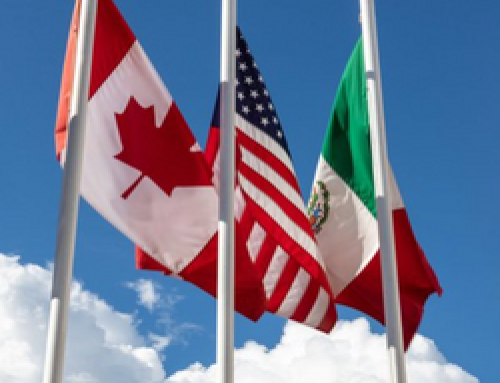Source: USDA news release
Cash-renters and owner-operators adopt cover crops at rates higher than share-renters. Researchers with USDA’s Economic Research Service (ERS) explored whether adopting cover crops (a crop grown between two commodity or forage crops but unharvested/terminated with the intention of improving soil health) differed between farmers who owned the land they farmed and those who were renters, whether under a cash- or share-rent agreement.
Using data from USDA’s Agricultural Resource Management Survey (ARMS), researchers calculated national-level statistics for five crops. They found that owner-operated cotton fields had the highest rates of cover crop adoption for owned land, with 22 percent of owner-operated cotton fields having cover crops in 2019. Owner-operated fields nominally led cash-rented fields in cover cropping for cotton, corn, and sorghum, but trailed cash-rented fields for soybeans and barley. Owner-operated fields exceeded share-rented fields in cover crop adoption for all five commodity crops surveyed.
About 40 percent of farmland in the contiguous 48 States is rented.



